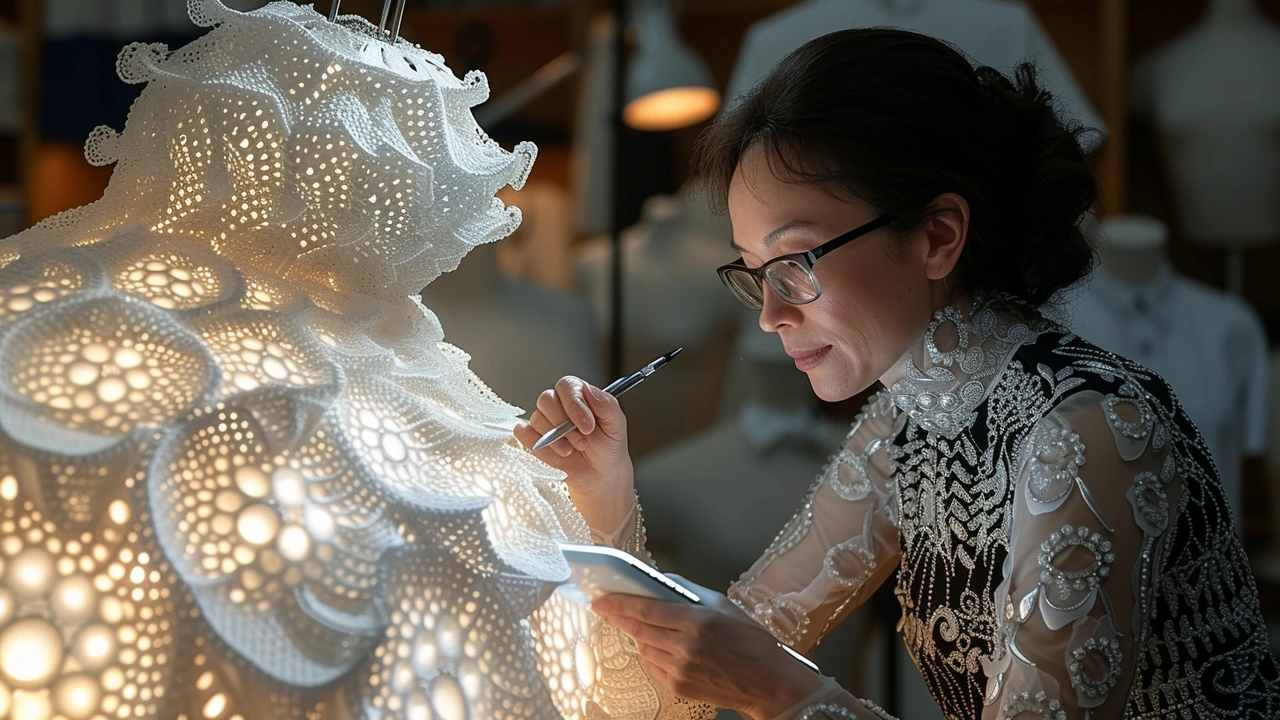Historical Influence: How Past Movements Shape What We See Today
Think about the last poster, app, or room that stopped you. Chances are it borrows from a style born decades—or centuries—ago. This tag collects stories that show exactly how older art movements keep shaping modern work, from furniture and cities to tattoos and video games.
Why this matters
Knowing where ideas come from makes your choices smarter. When you spot a Bauhaus grid, a Baroque drama, or a Cubist break-up of form, you see a set of tools, not just a look. Use them and you can solve design problems faster, add depth to artwork, or make a space that actually feels intentional.
The posts here are practical. You’ll find pieces on Bauhaus design and Bauhaus Modernism, guides to Photorealism techniques, essays on how Futurism touches smart cities and gaming, and deep reads on the Harlem Renaissance and Fluxus. Each article highlights clear traits you can borrow, test, and adapt.
Simple ways to use historical influence
1) Learn one movement, apply one feature. Pick a post—say "Bauhaus Design"—and pull out three features: grid, function-first, minimal palette. Try a small project that uses just those elements for a week. Quick experiments beat long theory sessions.
2) Mix old rules with new tools. Land art ideas can shape urban parks; ukiyo-e patterns work great as bold tattoo references or textile prints; photorealism techniques improve your observation skills even if you paint loosely. The trick is to copy the principle, not the whole look.
3) Use history to tell better stories. The Harlem Renaissance shows how art creates identity and community. Fluxus teaches that audience participation can be the art. If you want your work to connect, borrow the storytelling methods from a movement, not just its visuals.
4) Credit and adapt. When you borrow, name the influence. It makes your work stronger and shows respect. Try a short caption on social posts: "inspired by De Stijl grids" or "references to Baroque contrast." Audiences notice authenticity.
Quick checklist for creators: observe a piece you like, extract 2–3 concrete rules (color, scale, rhythm), apply them in one small project, get feedback, then refine. Repeat with a different movement the next week.
On this tag page you’ll find actionable posts like "Bauhaus Modernism," "Photorealism Art," "Installation Art: Evolution," and "Harlem Renaissance: Birth of a New Black Identity." Read one, try one, and you’ll start seeing patterns that speed up your creativity.
Pick an article, pick a small task, and try it tonight. Historical influence isn’t about copying the past—it’s about using proven tools to make something that feels new and real in your hands.

